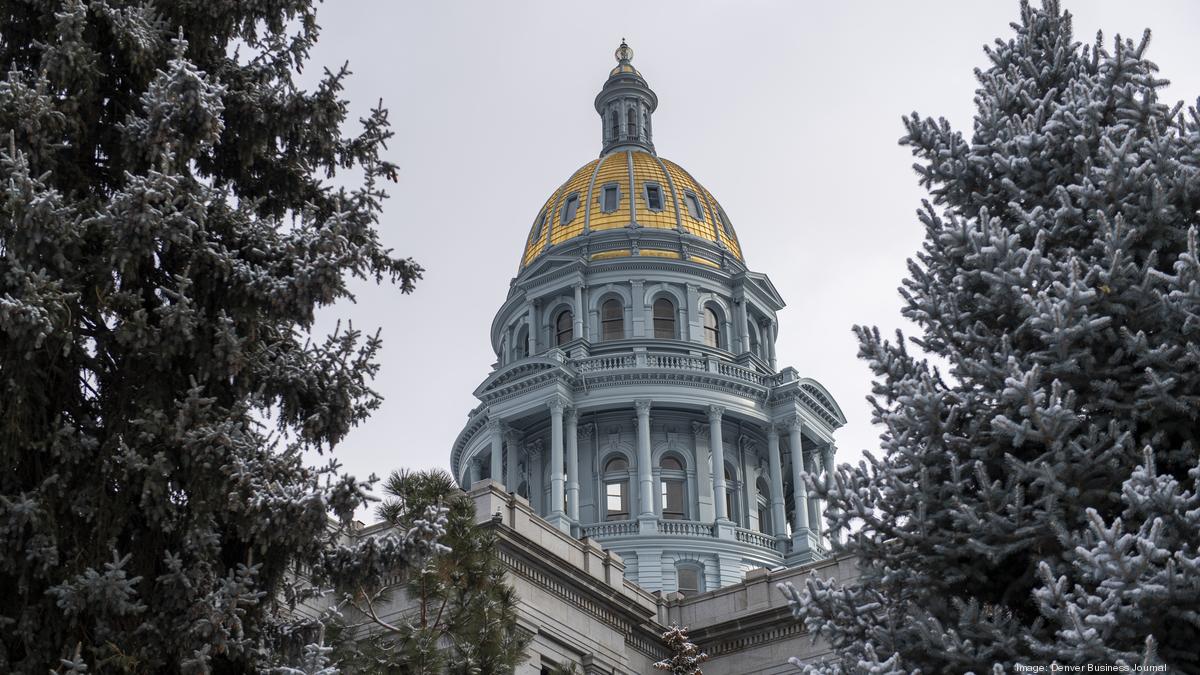Imagine a world where joining a union isn’t a choice, but a requirement to hold a job. Seems like a relic of the past, right? Well, not quite. The concept of “right-to-work” laws, which prohibits mandatory union membership as a condition of employment, has sparked fierce debate in the United States, with different states taking varying stands. So, where does Colorado stand on this controversial issue? Is it a right-to-work state?

Image: www.bizjournals.com
Understanding the complexities of right-to-work laws can be tricky, but their impact on workers and the economy is undeniable. This article delves into the intricacies of Colorado’s stance on right-to-work legislation, unpacking the historical context, legal implications, and its effect on the state’s evolving labor landscape.
Right to Work: What Does it Mean for Workers and Businesses?
Before dissecting Colorado’s specific situation, let’s define the term “right-to-work” and grasp its core principles. In essence, right-to-work laws empower employees to work in unionized workplaces without being compelled to join the union or pay union dues. This freedom of choice is often lauded by proponents as a win for individual liberty and a way to boost economic competitiveness.
However, opponents argue that right-to-work laws weaken unions’ bargaining power, leading to lower wages, diminished benefits, and a decrease in workplace safety standards. They contend that unions act as a powerful advocate for workers’ rights, ensuring fair treatment and equitable working conditions. Without the financial support of mandatory membership, unions argue, their ability to effectively represent workers is compromised.
Colorado’s Position: A Complex and Changing Landscape
Here comes the crunch: Colorado stands proudly as a non-right-to-work state. This means that unions can negotiate labor agreements that make membership, or at least the payment of dues, a condition of employment. It may seem straightforward, but Colorado’s labor landscape has a rich history and is evolving in interesting ways.
A Glimpse into Colorado’s Labor History
Colorado’s labor movement traces its roots back to the late 19th century, marked by intense industrialization and mining. Unions emerged as a powerful force, advocating for workers’ rights amid harsh working conditions. But Colorado’s history has also witnessed its fair share of struggles, including violent clashes between labor and management as exemplified by the infamous Ludlow Massacre of 1914.
Following the Great Depression, unions gained traction and expanded their influence in the state. This led to the passage of the Colorado Labor Peace Act in 1947, which recognized labor unions and established the framework for collective bargaining. While not explicitly codifying right-to-work, the act paved the way for unions to operate and negotiate favorable contracts.

Image: 10hubs.com
Colorado’s Unionization Rate: A Snapshot of Labor Dynamics
To truly understand Colorado’s labor environment, we need to look at its unionization rate. In 2022, Colorado’s unionization rate stood at 10.7%, which is slightly higher than the national average of 10.1%. This suggests that unions remain a significant force in the state’s labor market.
The “Right-to-Work” Debate: A Persistent Conversation
Despite the absence of a formal right-to-work law, the debate surrounding it has heated up in recent years. This is largely driven by the significant influence of national right-to-work organizations and the changing dynamics of the workforce.
Looking Ahead: Colorado’s Labor Future
The ongoing debate surrounding right-to-work highlights the dynamic nature of the labor landscape in Colorado. Factors like the rise of the gig economy, technological advancements, and shifts in public opinion all play a role in shaping the future of workers’ rights and the role of unions.
The Bigger Picture: The Economic and Social Impact
Beyond the legal technicalities, let’s explore the broader economic and social impacts of right-to-work laws. Proponents argue that right-to-work laws attract businesses, leading to job creation and economic growth.
Opponents, however, argue that right-to-work laws undermine workers’ bargaining power, leading to lower wages, reduced benefits, and a diminished quality of life for working families. The impact of right-to-work laws on unemployment, wages, and overall economic health is a complex issue with varying perspectives.
Navigating the Choices: Workers and Businesses in Colorado
In Colorado, workers and businesses operate under a framework that allows for unionization, but does not mandate membership. This presents a unique set of considerations for both parties.
Workers in Colorado have the freedom to choose whether or not to join a union, and they can benefit from unions’ collective bargaining efforts even if they are not members. Businesses, on the other hand, must navigate the complexities of labor relations, ensuring compliance with state and federal laws while managing their relationships with unions.
Is Colorado A Right To Work State
The Future of Labor in Colorado: A Path Forward
As the labor landscape continues to shift, the debate surrounding right-to-work laws is likely to persist. Colorado, with its unique history and current legal framework, presents a crucial case study for understanding the evolution of labor relations in the United States.
Moving forward, it’s crucial to maintain a balanced perspective on the issue, taking into account the needs and perspectives of both workers and businesses. Open and constructive dialogue, along with a focus on promoting a fair and equitable labor environment for all, can help guide Colorado’s labor future.
This article has provided a glimpse into the intricate interplay of labor laws, economic factors, and social dynamics that shape Colorado’s labor environment. It’s ultimately up to all stakeholders to engage in thoughtful discussions and work towards solutions that create a sustainable and prosperous future for all Coloradans.





